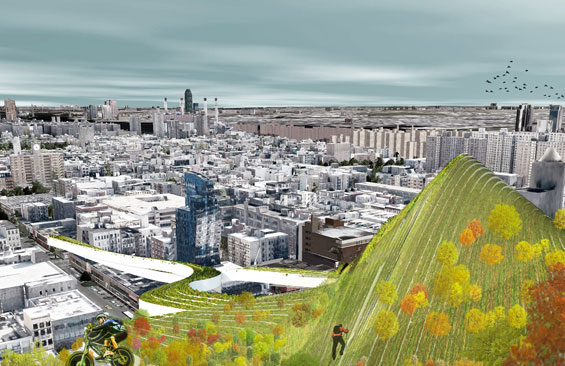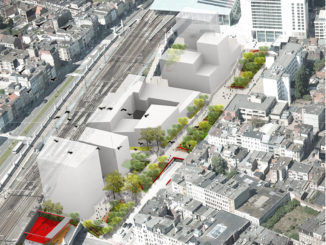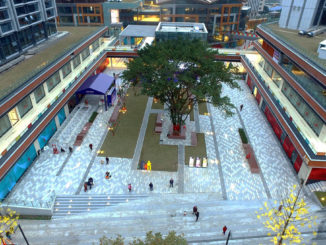The 7-acre parcel, Manhattan’s biggest undeveloped, publicly owned development site south of 96th Street, has provided the chance to contemplate many important urban issues.
Firstly, are we taking full advantage of this great opportunity to develop a vast land in the heart of Manhattan, or just limiting our imagination under current NYC zoning resolution (which is 50 years old)? Secondly, is the hot debate over big box retailers heading to the right direction?
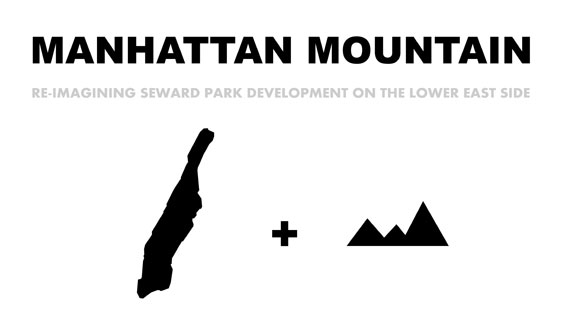
What is certain is that a “big idea” is needed for this site.
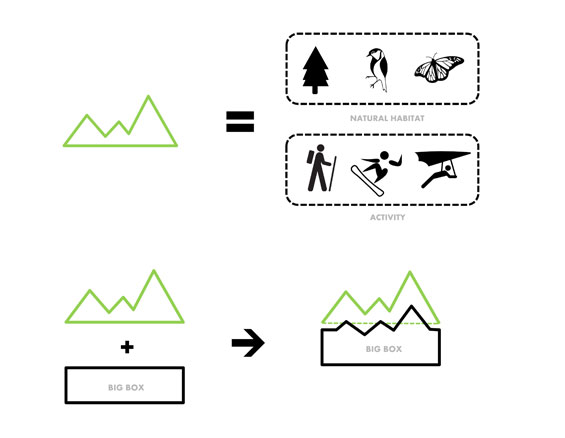
A combination of buildings on each lots based on current zoning regulations (or minor ULURP revisions), is not enough. Conventional podium with commercial programs and tower with the residentials are no longer attractive in the 21st century metropolis. Creating unique urban features will come from the idea which breaks the boundaries of each lot lines.
The answer for the first question didn’t come up until developing the thoughts of the second question.
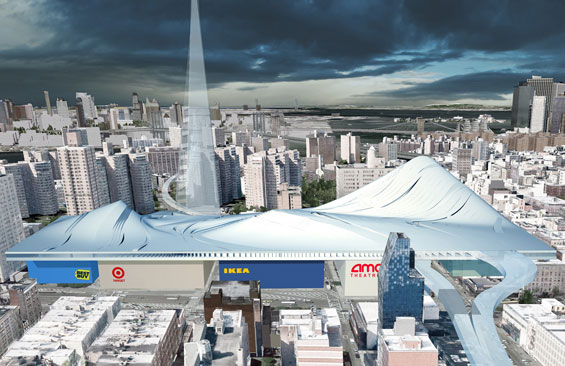
Big box retailers are often regarded as something “evil” in the discussion about locality, contextual design, etc. However, scraping out the introduction of big box retailers is not fair for the Lower East Side community because they not only provide a variety of choices of goods and services at the lower prices, but create jobs and stimulate local economy. Walking down the streets of Manhattan, it’s common to come across empty stores these days. If Lower East Side cannot claim itself as a unique destination, these phenomena may also happen there. Discount stores where New Yorkers can save money and time in shopping can be one element in making a unique destination in Manhattan. Big box retailers will function as an engine for growth and development in the region. Just as the arrival of Home Depot in some NYC regions has spurred the growth in the locals as a whole, partly because big box retailers bring more foot traffics into existing urban fabrics.
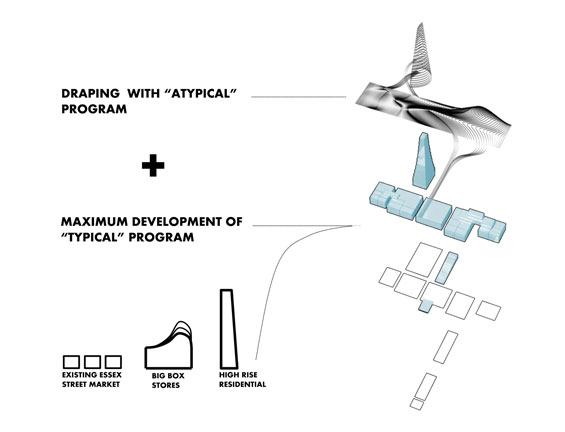
However, just having discount stores won’t be enough for making a unique destionation. Here, there should be a gigantic park—a natural setting—as a key, dominant element of SPURA development:“Mountain”
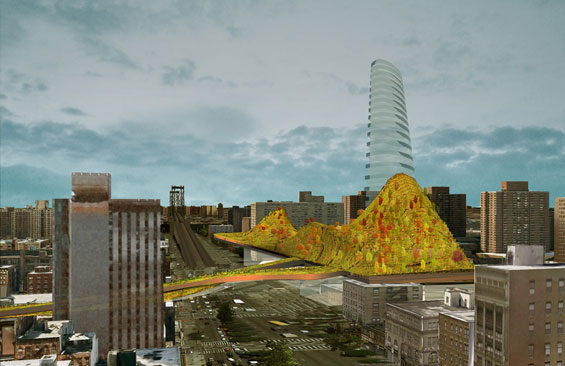
The Mountain will provide natural environments with the forest, a habitat for birds and insects such as butterfly. At the same time, Manhattan will provide activities that a metropolis didn’t dream of accommodating before: hiking, mountain biking, picnic on the hills, rock climbing, snowboarding, etc.
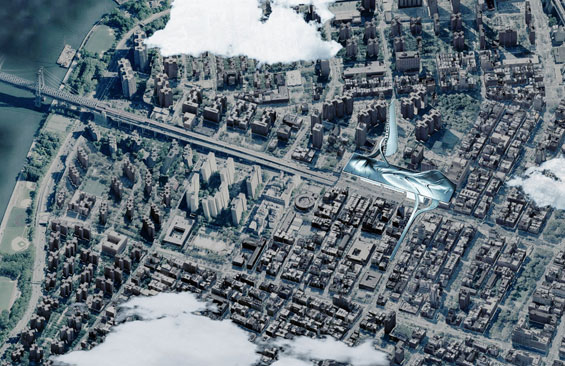
This will be the substantial, unprecedented public space which is car-free, noise-free and full of winds and sun. Even after big snowfall, snow will not be cleared out the day after just as ordinary streets in NYC. The residents of skyscraper residential tower in Mountain complex, which meets all the necessary housing requirements, will have direct access to this elevated park.
Just as Lower East Side has been a starting platform for many immigrants, it needs to import new typology of public space in metropolis: MANHATTAN MOUNTAIN.
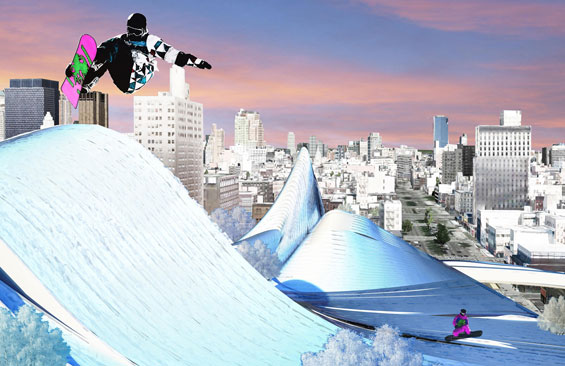
Manhattan Mountain:Re-Imagining Seward Park Redevelopment (SPURA) on the Lower East Side, New York
Architect: Ju-Hyun Kim, AIA
Location: Seward Park Urban Renewal Site(SPURA) in Lower East Side, New York, USA
Project Area: 7 Acre
Year: 2012
Type: Speculative Research
IMAGES Courtesy of Ju-Hyun Kim, AIA

